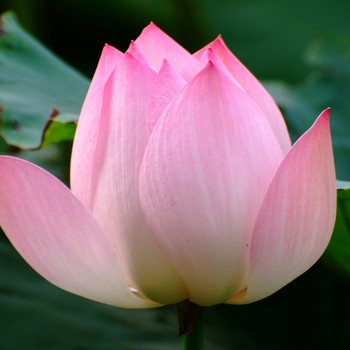Molar masses of
#C_2H_2to2xx12+2xx1=26g"/"mol#
#C_2H_4to2xx12+4xx1=28g"/"mol#
#CH_4to1xx12+4xx1=16g"/"mol#
The mole ratio in the mixture
#C_2H_2:C_2H_4:CH_4=2:1:2#
The mass ratio in the mixture
#C_2H_2:C_2H_4:CH_4=(2xx26):(1xx28):(2xx16)=13:7:8#
The masses of the components in the gas mixture of 1g
#C_2H_2to13/28g-> 13/28xx1/26mol=1/56mol#
#C_2H_4to7/28g->7/28xx1/28mol=1/112mol#
#CH_4to8/28g->8/28xx1/16mol=1/56mol#
Balanced equation of the reactions
#C_2H_2(g)+5/2O_2(g)->2CO_2(g)+H_2O(l)#
#C_2H_4(g)+3O_2(g)->2CO_2(g)+2H_2O(l)#
#CH_4(g)+2O_2(g)->CO_2(g)+2H_2O(l)#
So the number of moles of #color(red)(O_2(g))# required for complete burning of component gases are
#C_2H_2to1/56xx5/2=5/112mol#
#C_2H_4to1/112xx3=3/112mol#
#CH_4to1/56xx2=4/112mol#
So total amount of #color(red)(O_2(g))# required for complete burning of 1 g gas mixture is
#O_2->(5+3+4)/112mol=12/112mol#
As the ratio of #O_2 :N_2# by volume in air is #(20%):(80%)=1:4#
The mole ratio of #O_2 :N_2# in air will be #=1:4#
So in air #12/112mol# #O_2# will be with #12/112xx4mol# #N_2#
Hence total mass of air required for complete burning is
#12/112mol# #O_2+# #12/112xx4mol# #N_2#
#=(12xx32+48xx28)/112g=1728/112g-># option A

